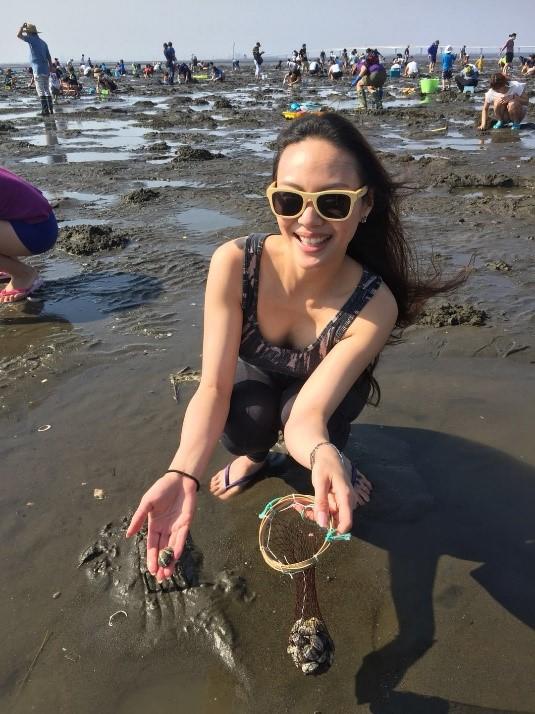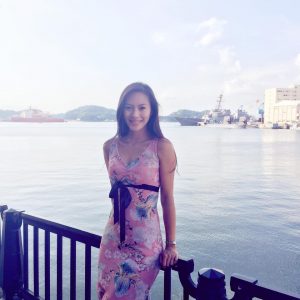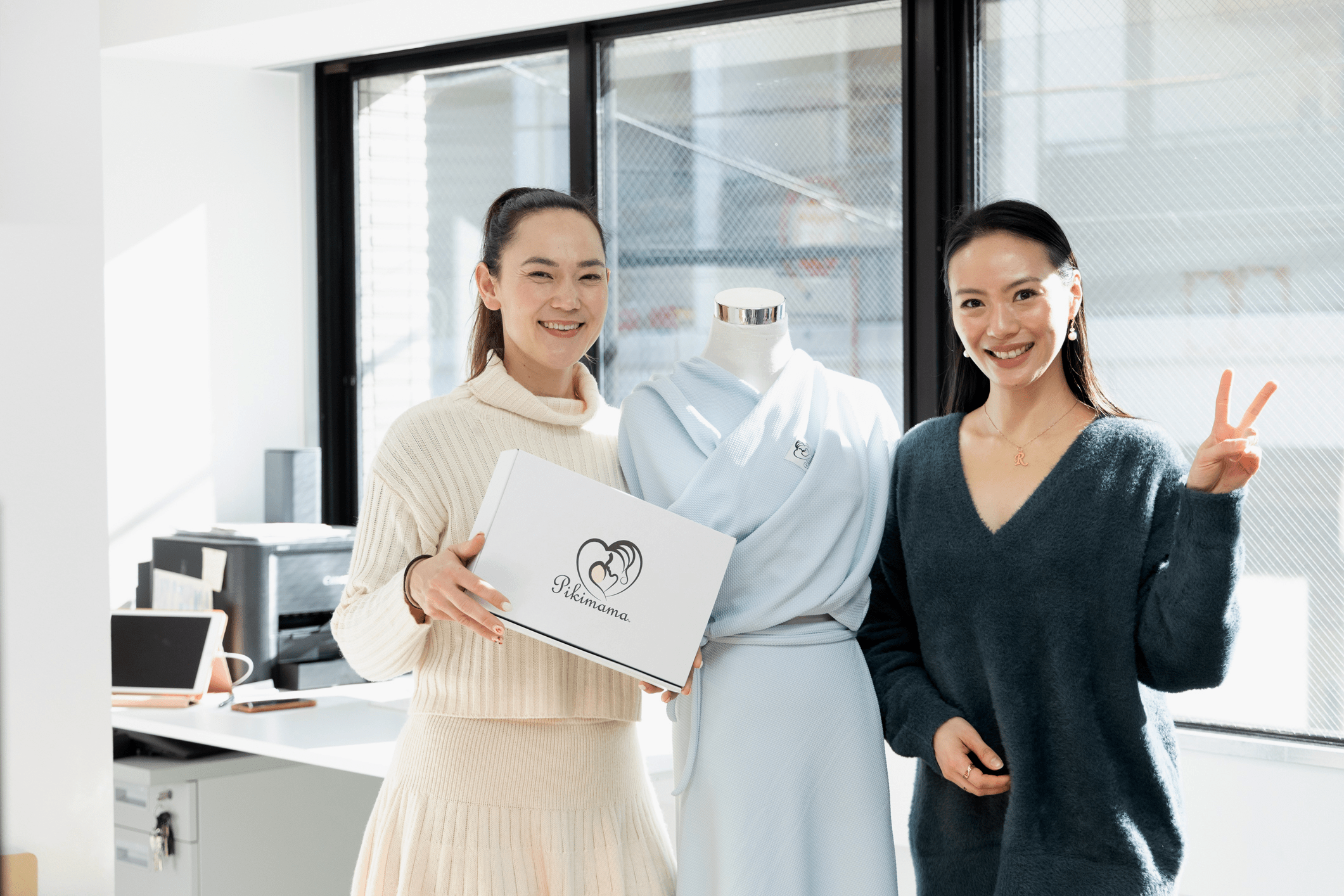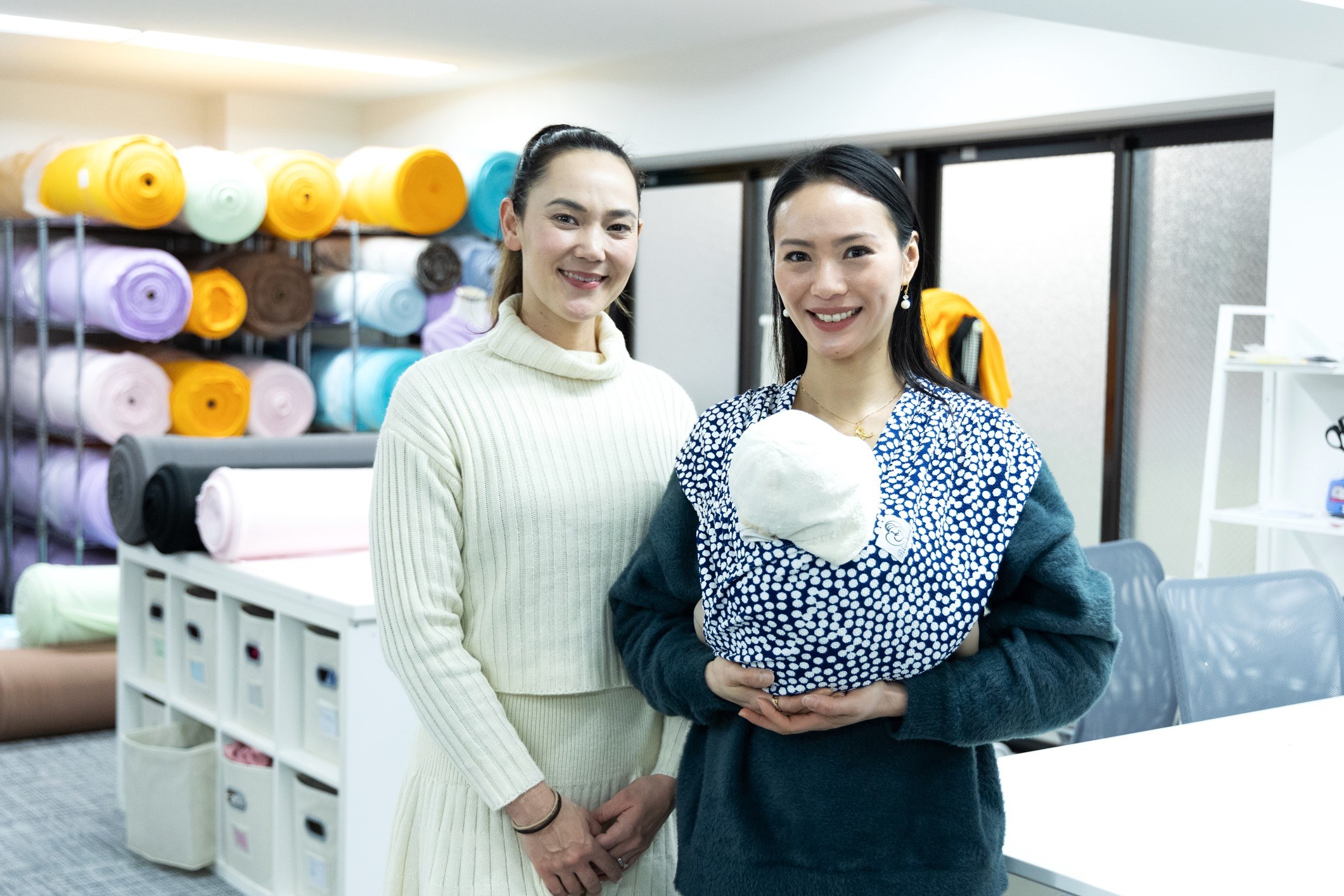May and June are the most popular months of the year to go clam digging (潮干狩り, shiohigari ) in Japan. You may think that clam digging itself is not so special, but “clam digging” is seriously an important keyword in Japanese society and history! I was very surprised by the extent to which the Japanese people love clam digging as a family activity! It also appears to get significant news coverage every year.
日本では、5月と6月が潮干狩りの季節ですね。日本人が家族と一緒に潮干狩りに行くはとても人気のある娯楽ですね。
初めて聞いた時、貝を掘ることはそれほど特別な活動ではないと思うかもしれませんが、日本の社会や歴史の中で「潮干狩り」は重要なキーワードらしいですね!また、今まで、毎年ニューズになっているそうです。私は、日本人が「潮干狩り」を楽しむことに驚きした!
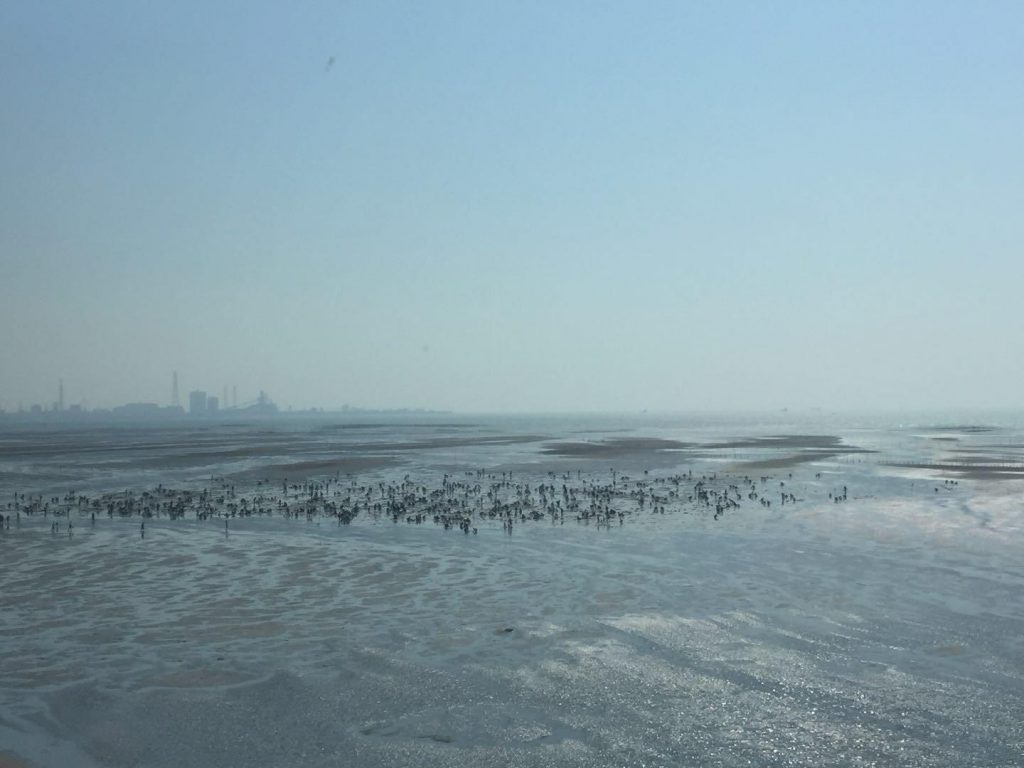
千葉県の羽田浜には、潮干狩りしている人々がいっぱいです
I organized a group of friends to try out clam digging in Chiba prefecture (apparently the area with greatest number of famous beaches for clam digging near Tokyo). Check out photos, tips, and our full itinerary below~
千葉県の潮干狩り体験のために、友達と一緒に行きました。
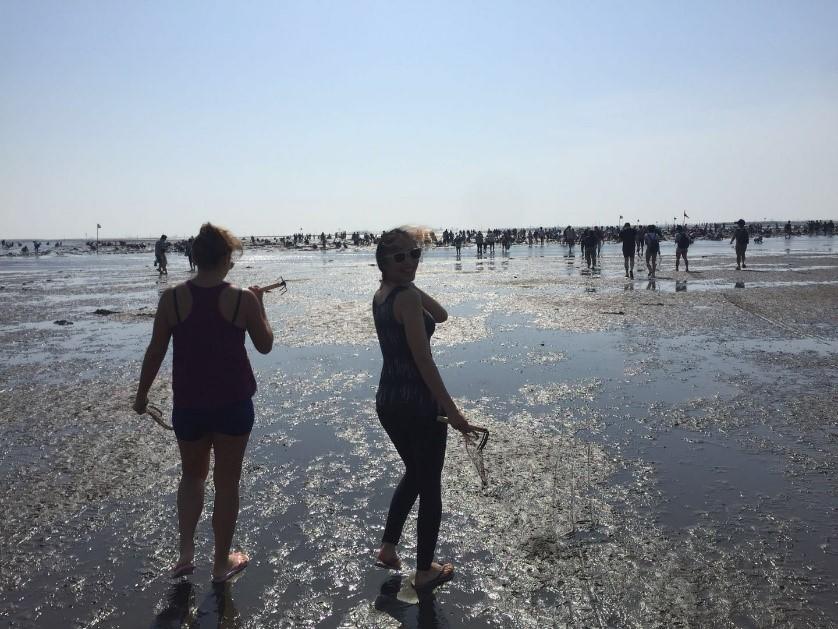
潮干狩りの冒険に向かう!
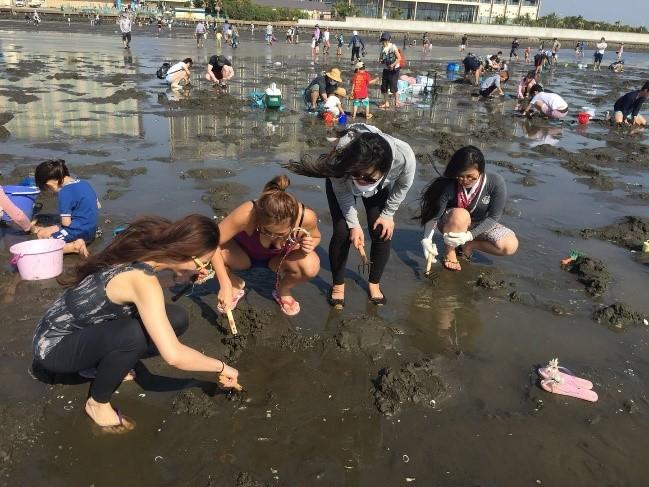
Many Japanese families are well equipped with full wading gear, tents, picnic lunches, and even more when they hit the muddy beaches for clam digging. However, most beaches are well equipped to provide visitors with rental buckets (200-500 JPY), net bags (~200 JPY), digging rakes (200-500 JPY), and even hats and sandals if you just show up without any gear!
多くの日本人の家には、小さな子供たちと一緒に潮干狩りを楽しむために、完全なウェイティングギア、テント、ピクニックランチなどが充実しています。びっくりしました!
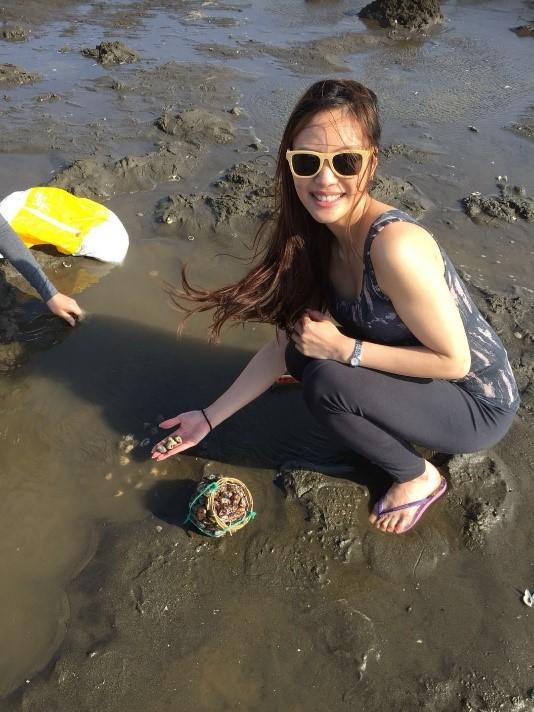
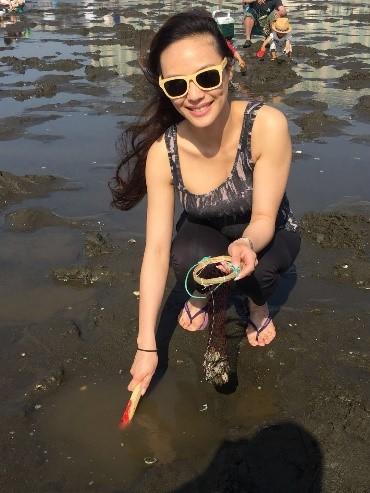
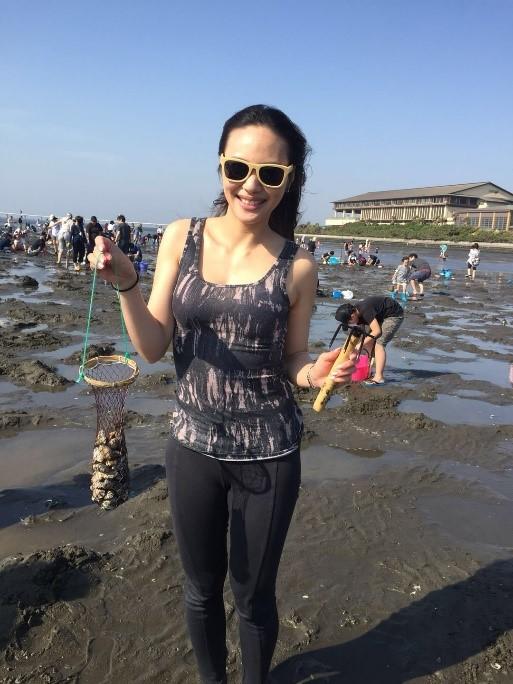
Tips for Clam Digging
1. Dig in the shallow water areas – clams from that area will have less sand inside.
2. Do not pick up clams that are lying on top of the sand. Healthy clams hide down under the sand.
3. You do not need to dig very deeply, only about 5-15 cms
4. Clams tend to congregate together so if you are digging and not finding any clams pretty quickly, move to a new spot (you should be able to find a lot in one spot).
ご存知でしょうか?潮干狩りのヒント!
1. 浅瀬(あさせ)を掘る – その地域の貝は砂が少なくて済みます。
2. 砂の上に横たわっている貝を拾わないでください。 健康な貝は、深く砂の中にいます。
3. 深く掘る必要はなく、約5-15 cmまでで十分です
4. 貝は一緒に集まる傾向がありますので、掘っていて、貝をすぐに見つけられないならば、新しい場所に移動するのがオススメです(そうすると1つの場所で多くを見つけることができるはずです)。
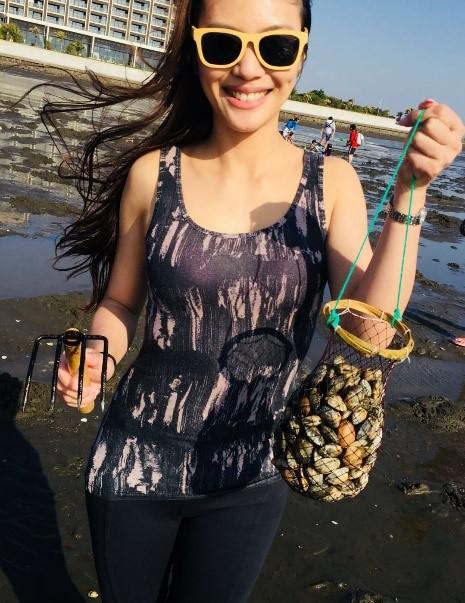
ほらー!私の大変な仕事の結果 – 2kgの貝で網がいっぱいになりました!
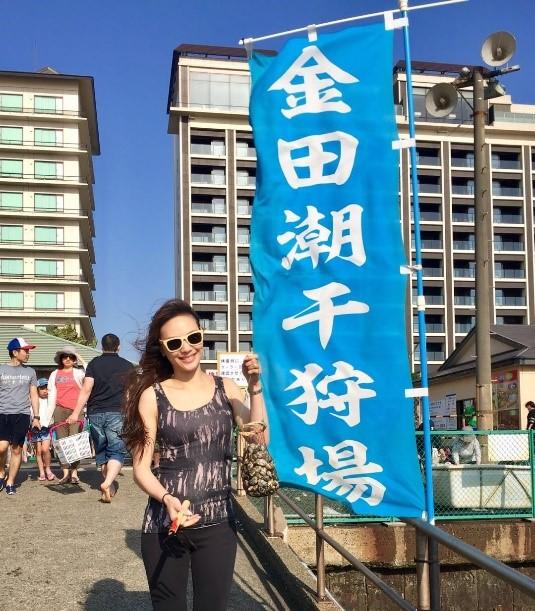
楽しい一日でしたが、一日中太陽の下にいたので、日焼けして、腰も痛くなりました!>.<;
Ended the day off with an onsen theme park at Mikazuki (half-moon) hotel. Highly recommended as they also have water slides and many different hot spring pools for you to soak in (*swimsuits required for the outdoor hot spring theme park*)!

